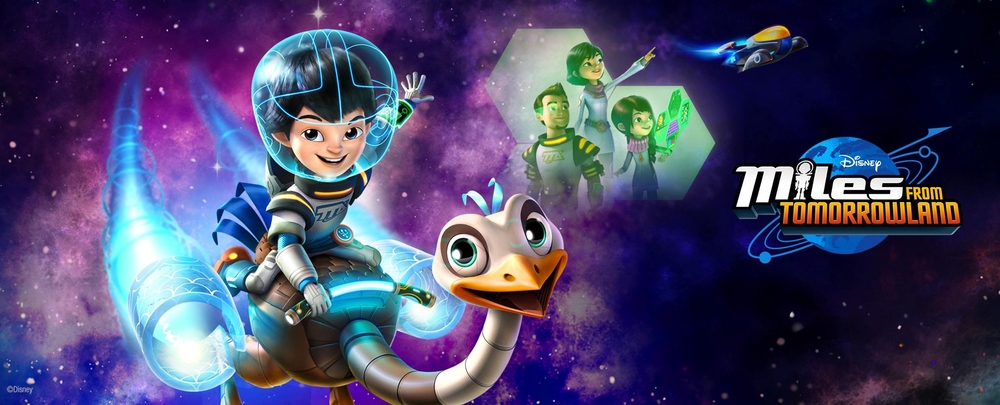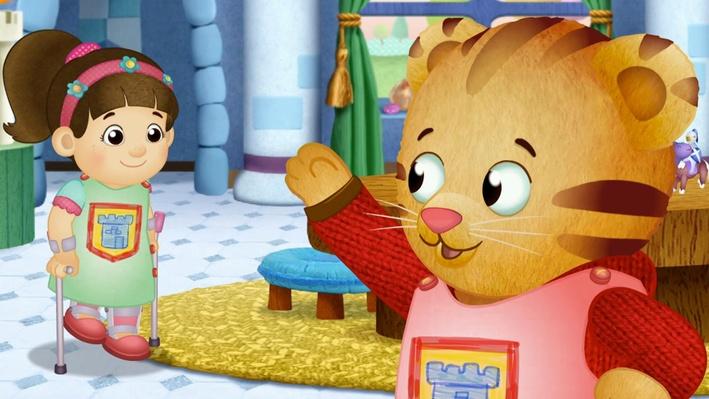not-so-white christmas
WARNING
This blog post is about Christmas.
If you're one of those people who's like
UUUUUUUUUGH it's not even OCTOBER YET
go hang with Ryan in the humbug corner
and let the rest of us do our thing.
Every year in December the boys (Chicken, 5; Buster, 3) get Book Advent, which basically means:
I go nuts at Goodwill on November 30
I come home with 25-30 new books
I wrap the books in adorable craft paper and sisal twine
while I watch Die Hard
Then I number the packages with whimsical numbers
and then the kids get to open one every day in December until Christmas.

uh
yeah this is mine
of course it's mine
i totally did this
like
nbd
definitely didn't just
pinterest that

oh
ha
yeah
no this is mine too
totally did the
uh
cerise
motif
that year
This activity combines all of my favorite things:
Christmas
literacy
getting a screaming deal on kids stuff
color-coordinating artisanal gift wrap
and Scotch
(Oh, I also drink Scotch while I'm wrapping.)
Book Advent is a Christmas victory every year - I love doing it, and the kids are always super psyched to open their new books at bedtime.
Sure, there have been a few hiccups. For example, I know I'm not the only one who suffers from Goodwill Vision.
Goodwill Vision:
When you're shopping at Goodwill and anything that isn't actual garbage crusted in mystery excretion starts to look like "a real find!" Then you get home from your shopping trip and realize you just purchased a copy of "Dianetics" for your 4-year-old.

only $1.49
and chicken loves volcanoes
but we've started getting
strange mail
Some of the books were annoying to read and disappeared, silently, like any toy in my house that runs out of batteries.
Some books just didn't land with the kids - shockingly, the black and white transcript of the Gettysburg Address was not a snuggly time fave. Whatever I'm keeping it.

i like to leave it out
casually
on the playroom floor
for when we need to impress people
"oh this?
whoops i thought i picked all the books up
haha
so embarrassing
no it's just buster's snuggly time fave
he loves books about
you know
war
and
honor
that kind of stuff."
Others were too long. (You should know that we have very strict parameters around how many words can be on the page of a picture book before that book "counts as two" at bedtime. 10. 10 is the tipping point. 11 words on a single page and it's over.)
But all those mistakes are in the past. Onward to Christmas 2017.
I have already started to plan for the holidays, as moms who make custom photo calendars MUST DO because that shit takes forever and there is not enough scotch in the world to make that time fly, Shutterfly.
In 2017, Book Advent is going next-level. I'm done with Goodwill Vision. If I'm going to buy 25 books for my kids, I'm buying 25 outstanding books for my kids. I'm going to do it thoughtfully, responsibly, and without accidentally bringing home anything written by Uncle L. Ron.
This year I have added a new "favorite thing" to "Christmas, literacy, deals, and scotch," and it has transformed Book Advent. Hold onto your butts, people, because here it comes:
My new favorite thing is...

socially conscious counter-narratives!
Stop laughing I'm completely serious.

Because nothing captures the magic of Christmas like raising your kids to love AAAALLLLLL their neighbors!

No, I know that last line was structured like a joke, with the exclamation point and everything, but it wasn't. I'm 100% sincere. Empathy is both a cornerstone of faith and one of the most important character traits that we can cultivate in our kids.

I know you know that, Oprah.
Socially Conscious Book Advent FAQ*
*I mean, I'm guessing.
I'm writing this post right now,
so nobody has A'd me any Q's yet,
much less with any amount of F.
1. Soooo what is a socially conscious counter-narrative?
Think about the books and television shows that are targeted to young girls: lots of princesses, sparkles, kindness, and friendship. These girls demonstrate some bravery and smarts, but most often niceness, sharing, and teamwork win the day.


Now think about the media targeted to young boys: lots of adventures, problem-solving, cleverness, and heroism. They're "good dudes" and all, but sharing and kindness aren't really an issue on these shows - discovery, daring, and self-reliance are the goal!


Young boys and girls recognize themselves in these books and shows, and they begin to understand what they are, and what they should be. That's the narrative: a societal expectation for the role people will play, based on their gender, race, ethnicity, age, ability, etc. For kids, the narrative is translated into engaging picture books and then scored by Disney with a catchy jingle.
The absence of people in media also creates a narrative for young kids. Think about the shows that your kids watch, and the books that they read: how many are ABOUT the life of a child of color? How many show families speaking languages other than English? Or eating a breakfast other than cereal?
The absence of representation sends a clear message: that kind of story isn't interesting. These stories don't matter. In fact, these stories might not even exist.
For more about how children's books
contribute to their ability to empathize
A counter-narrative swims against the current. A counter-narrative tells the stories that haven't been told before, and opens up the idea that there might be more than one way to "be a girl," "a boy," "disabled," or "black."
Daniel Tiger's Neighborhood really nails the counter-narrative: Teacher Harriet is a person of color (as are Music Man Stan and Miss Elaina, in a mixed-race family); Prince Wednesday has a disabled cousin, Chrissie, who slays; fathers do a lot of hands-on parenting, housework, and nurturing, and Mom Tiger loses her shit sometimes.





Consciously picking counter-narratives requires work. Most of our choices are #narrativechoices - that's what the narrative is designed to do: be convenient and familiar. We have to go looking for counter-narratives:
Girls doing things you usually see boys doing on TV: science, math, sports, heroism, adventures, independence.
Boys doing things you usually see girls doing on TV: arts, nurturing, cooking, fashion, feelings, kindness/sensitivity, teamwork.
Books that include all different kinds of families - same-sex parents, single parents, blended families, biracial families, grandparents as caregivers, multiple generations living together, etc.
Books that are about kids with "differences" - kids with gender fluidity (Red), anxiety, OCD, chronic illness (My Friend Jen), etc.
Books about of a person of color, especially if that person's race is part of their identity, but still told in a way that piques the delight of young children (aka, a story about a black child that is NOT about how he escaped slavery, but is instead about how he discovered he has the power to fly, in his bed, to far-away lands after bedtime.)
Representation of disabled people, especially if that disability is part of their identity, but is still told in a way that delights children.
Books written or illustrated by people of color.
Books that are bilingual.
Books about religions other than Christianity, but again, they should be engaging and fun for kids. We love Golden Domes and Silver Lanterns, as well as Joseph Had a Little Overcoat.
2. But what if I'm raising white, able-bodied boys? Won't they feel bad about themselves if all I'm providing are stories that celebrate children of color and girls? Shouldn't I give them some role models who look like they do?
Nope. The world's got you covered there. Marvel's got the white boy hero market cornered. You're squared away until, like 2079, for reals. And then there will be reboots.
Listen, your white sons are not ever going to stop seeing evidence that their lives matter and that they're capable of brilliant success (because they do, and they are.)
Your job with this Book Advent is to show them that they are not the only ones whose lives matter and that other people are also capable of brilliant success. Because they do. And they are.
Your job is to open up the possibilities for what a hero can be.
3. Is it weird for me to actually go to a bookstore and on-purpose, explicitly say, like, I'm trying to buy books about smart girls, or people of color, for my kids? It feels... weird. Like, annoyingly eye-rolling weird.
I promise you, it's not weird. As long as you don't make like an operatic big deal about how awesome you are for doing it.
Believe it or not, it's totally normal to be looking for something specific when you go into a store.
Like, if you walked into Williams Sonoma and you announced:
I AM LOOKING FOR A SPATULA,
BECAUSE I BELIEVE IN SPATULA EQUALITY.
OR IS IT EQUITY?
THE ONE WHERE WE ACKNOWLEDGE THE SYSTEMIC BARRIERS
FACED BY SPATULAS.
YOU KNOW WHAT I MEAN.
ANYWAY.
SPATULAS ARE JUST AS IMPORTANT AS WHISKS,
PERHAPS EVEN MORE IMPORTANT AND SPECIAL THAN WHISKS ARE
SOMETIMES,
IT DEPENDS ON THE SPATULA THOUGH.
I DATED A SPATULA IN COLLEGE.
that would be weird.
PS, side note, isn't this:

the kitchen version of this?

But if you just walked in and said, "Hi, I'm looking for spatulas," then the Williams Sonoma lady would be like, "Follow me, dear. Would you like a peach compote crostini?"

uh
yeah
Actual conversation I had with a B&N bookseller last Easter:
Her: Can I help you find anything?
Me: Yeah, I'm looking for some books that are really inclusive, about kids of different races, abilities, and backgrounds. Do you have any recommendations?
Her: I do! We actually have a resource sheet at the desk with a list.
Me: Thanks!
You are not the first one who has ever asked for help on this. Especially not if you go to Barnes & Noble at Northgate. They have a resource sheet at the desk.
Besides, here are your choices:
a) Feel a little weird for a minute, and then buy some cool inclusive counter-narratives that teach your kid how to empathize with all different kinds of people
or
b) Don't feel a little weird for a minute, and then buy more narratives about heroic white boys, and miss the chance to help your kid learn how to empathize with all different kinds of people.
___
So are you ready to jump on board the Socially Conscious Book Advent train? It's super easy, I promise.
Socially Conscious Book Advent
in 5 Easy Steps
+ Scotch
Start Early - You need a little more time if you want to do Book Advent without blowing your whole paycheck on east-coast elite hardbacks from Amazon with Next-Day Shipping. I'm starting now. But I'm a planner.
Choose your Bookseller Thoughtfully - I like BetterWorldBooks.com because for every book you buy, they donate a book to one of dozens of literacy programs around the world. They have free standard shipping and a great variety of both new and used books.
Choose your Books Wisely - This is key. The whole reason we're planning ahead is so you can have more time and space to make conscious choices about what kind of books you want to put into the world, mind, and identity of your child. Commit to buying counter-narratives this year. Commit to buying ALL counter-narratives this year. Use Pinterest and Google or email me if you need recommendations.
Wrap the Books Adorably - All this part is the same as before.
Number the Books Whimsically - Yep, same shit.
Drink Scotch Fishly - No change here.
UPDATE!
I made a Pinterest Board of Inclusive Children's Holiday Books!
Thanks for reading,
I know this one was long,
love you do good include all people bye!
